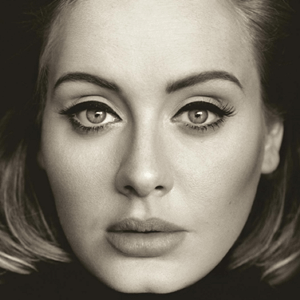Kelsey Coles
Adele’s new album 25 has given new life to what might be considered a dying industry.
The singer’s third album sold more than 2.3 million copies in the United States within the first three days of its release in the last week.
The album also broke NSYNC’s “No Strings Attached” single-week U.S album sales record as well.
According to Recording Industry Association of America, 37 per cent of all revenue in the U.S music industry stemmed from digital downloads in 2014, with physical purchases providing 32 per cent revenue.
The figures for Adele’s success are high despite the fact she isn’t streaming her album online – something another pop star, Taylor Swift, did with her latest album 1989.
The Digital Age
Paige Williams, a former marketing assistant at a major record label, told Humber News that streaming services like Spotify and Apple Music are crucial for artists in this digital age.
“It’s a really great way for artists to get discovered,” Williams said.
“If their song gets added to a playlist Australia it could get listened to a million times and all of a sudden you’re heading up all these charts, like on Spotify.”
Williams, who is also a music and lifestyle blogger on PaigeBackstage, said famous artists’ decisions to pull their music from streaming services can affect lesser-known artists’ success.
“I think these global artists need to stop bashing streaming just because it doesn’t personally benefit them,” said Williams. “All of a sudden they’re ruining it for other artists that need this opportunity to get out there and get their voices heard.”
In 2015, only three albums have sold more than 1 million units. This statistic shows a stark contrast in comparison to the year 2000 when a total of 88 albums sold over 1 million copies.
Even with the fluctuation in physical copies being sold, it’s artists like Adele that are bringing back the physical music age, Williams said.
“These global artists can still get everybody out to the stores to buy things,” she said.
“It shows that people still want to participate in music and aren’t passively downloading what they see on the iTunes home page.”


